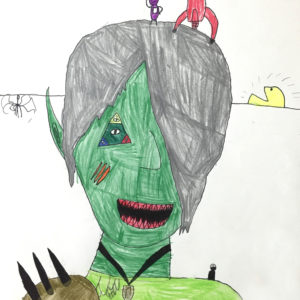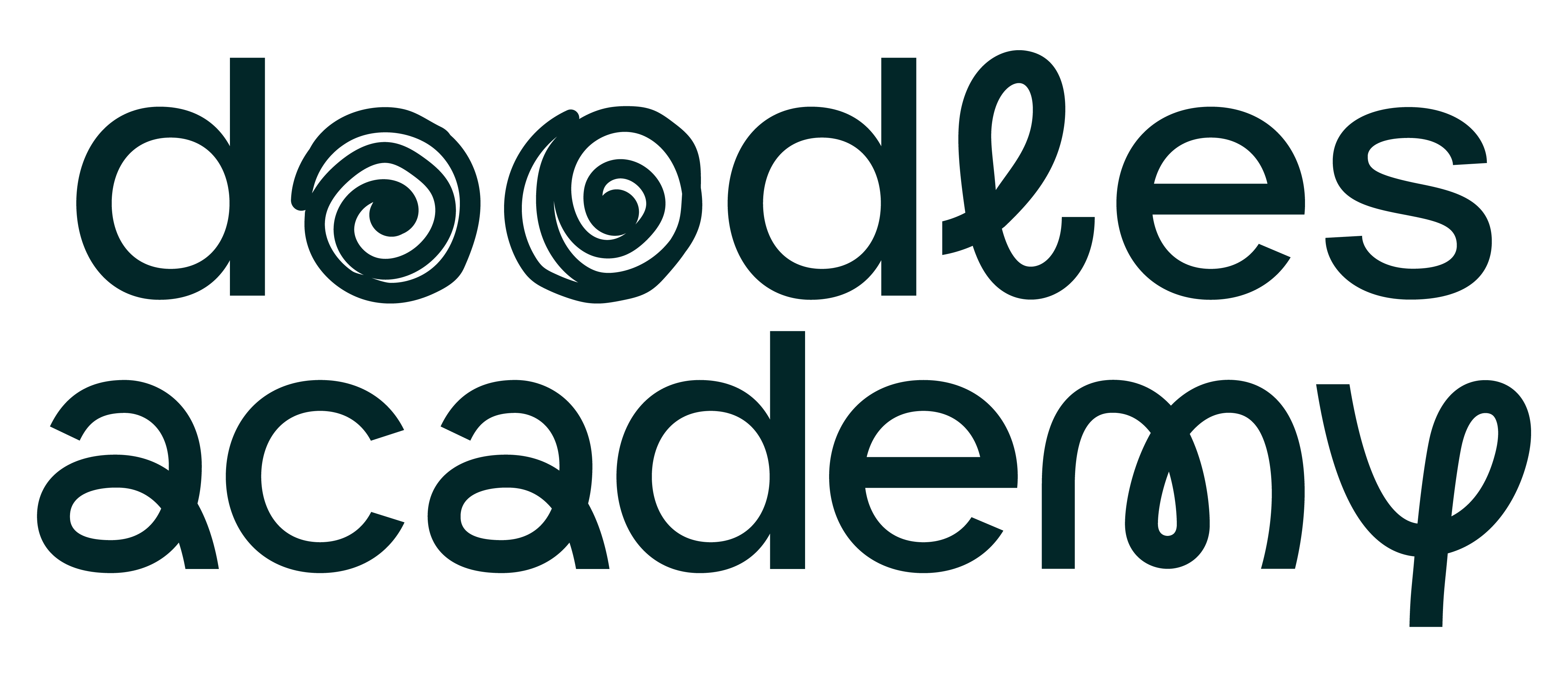PROJECT OVERVIEW:
In this project, student artists learn about how scientists use drawing in their field research. They focus their studies on the ornithologist John Audubon . He was notable for his extensive studies documenting all types of American birds and for his detailed illustrations that depicted the birds in their natural habitats. He eventually produced a book called ‘Birds of North America’ which contained 435 life-sized watercolours of North American birds, all reproduced from hand-engraved prints. Students begin the project by creating ‘field sketches’ through which they learn the basics of observation drawing. They then pick an animal figurine of their choice, draw it from observation, study the habitat of the animal, create an accurate background for their drawing, and then turn the drawings into a series of prints. Note: If an educator is unable to create prints with their students due to budget or space concerns, they can modify the project by using watercolor paper, skipping lesson 4 and instead have their students complete their drawings by adding watercolor.
Scope & Sequence:
Lesson 1: In this lesson, student artists are introduced to the basic characteristics of superheroes, as well as understanding that each superhero had his or her own unique backstory. Student artists brainstorm & generate a backstory for a unique superhero by creating a zine. They leave the cover blank for future lessons.
Lesson 2: In this lesson, student artists learn about line and shape, and create silhouettes of their superhero on their zine’s cover.
Lesson 3: In this lesson, students look at how artists help to define their character through the details in their character’s costume. They then create their own details that reflect their superhero’s backstory.
Lesson 4: A second day for adding details
Lesson 5: Students complete their covers with watercolor.
Lesson 6: Optional. a final day for finishing.
(you can preview the first lesson in a project without enrolling by clicking on ‘lesson 1’ above).
Materials:
Copy paper, pencils, sharpener, erasers, botanical examples (e.g., flowers, leaves, etc.), copy paper & styrofoam printing plates of equal size, *animal figurines, tape, ball point pens. Group printmaking stations that include: Breyer (one clean and one for inking), **printing tray,*** printing ink, ****a selection of printing paper
…………………….
Books & Media:
N/A
Art Elements:
line, shape/form
…………………….
Art Principles:
proportion/scale
…………………….
National Core Visual Art Standards:
VA:Cr1.2.1a, VA:Cr3.1.2a
Integrations:
social studies, science, mathematics, U.S. History, geography
…………………….
Common Core Standards:
W.1.7, W.2.7, W.1.8, W.2.8, SL.1.1a,
SL.2.1a, SL.1.1b, SL.2.1b, SL.1.2, SL.2.2, SL.1.1c, SL.2.1c, SL.1.3., SL.2.3, SL.2.4, SL.1.5, SL.2.5, 2.G.1,
1.G.2
Included In:
-

Best of Doodles: A Curated Year of Art Projects
Suggested price: $29.99 -

Downloadable Superhero Lesson Plans
Suggested price: $4.99 -

Line by Line: Projects to Build Drawing Skills
Suggested price: $19.99 -

Women’s Relaxed T-Shirt
$24.95 – $26.95 -

Writing: Art Projects that Build Descriptive Writing Skills
Suggested price: $19.99
